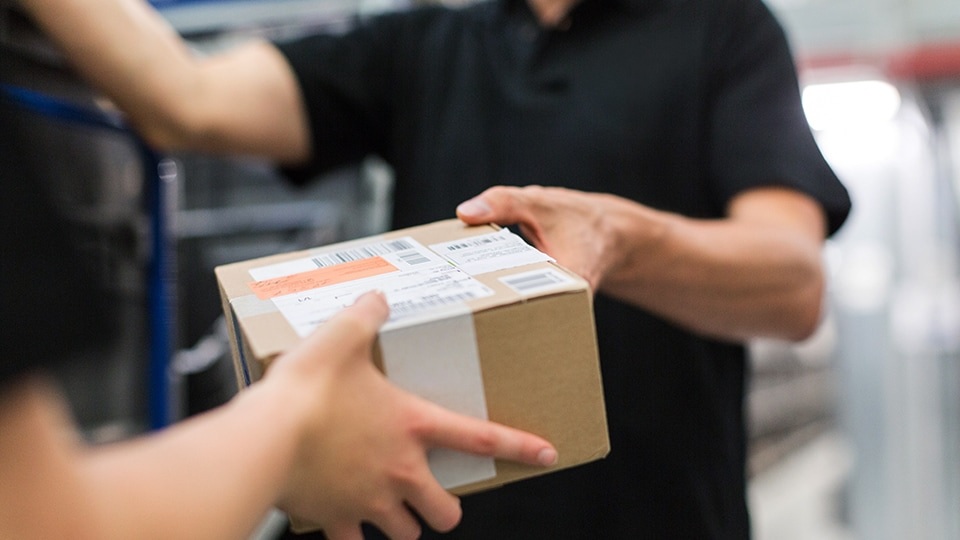In an era where convenience and efficiency drive both consumer behavior and business operations, package returns have emerged as a critical piece of the logistics puzzle. While companies invest heavily in shipping and fulfillment, many underestimate the importance of managing returns with the same level of care. A well-structured package returns program can save time, reduce costs, and even improve customer and employee satisfaction. As businesses of all sizes face growing challenges in handling products and equipment after use, modern solutions are reshaping how organizations think about the return process.
What a Package Returns Program Really Solves
At its core, a package returns program addresses a fundamental problem: items that need to come back to the company must do so quickly, securely, and with minimal friction. For consumers, this often means returning goods they no longer need or want. For businesses, it can mean retrieving IT equipment from remote workers, recovering leased devices, or simply collecting items that are no longer in use. Regardless of the industry, outdated systems with complicated forms and confusing steps create unnecessary headaches for everyone involved.
How Remote Work Changed the Returns Process
The shift toward remote work has amplified the urgency of better returns management. Companies now need to collect laptops, tablets, and other devices from employees located far from headquarters. Without a streamlined process, these returns can drag on, leaving organizations vulnerable to delays, security risks, and higher costs. A thoughtful package returns program provides ready-made solutions that simplify the process. By giving employees an easy way to send back equipment, businesses ensure faster turnaround times and protect sensitive information.
Reducing Costs Through Smarter Returns
Cost savings are another significant advantage of improving returns. When organizations rely on ad hoc solutions, they spend more on shipping, packaging, and labor. They also risk losing track of assets or failing to repurpose valuable equipment. In contrast, a centralized returns system reduces waste, makes tracking easier, and cuts down on expenses associated with lost or delayed items. Businesses can quickly identify where equipment is, when it is expected back, and how it will be reused or recycled. Over time, these efficiencies add up, transforming returns from a financial burden into a cost-saving opportunity.
The Role of Returns in Sustainability
As companies seek to reduce their environmental footprint, returns play a crucial role in minimizing waste. A structured returns program supports recycling and refurbishing efforts, ensuring items are properly managed instead of being discarded. This not only contributes to corporate sustainability goals but also reflects positively on brand reputation. Customers and employees alike prefer to engage with businesses that prioritize responsible practices, and a visible commitment to sustainable returns is a meaningful way to demonstrate that value.
Technology’s Impact on Package Returns
Technology also plays an essential role in modern returns. Automation, digital tracking, and clear communication all help create a smooth process that requires less manual intervention. Businesses can provide pre-paid labels, track packages in real time, and update employees or customers when items arrive. The result is a process that feels simple, reliable, and efficient from start to finish. Just as importantly, businesses free up their teams to focus on higher-value tasks rather than managing the logistics of returns manually.
Why Every Business Size Benefits
For organizations of every size, the benefits of investing in a smarter returns system are clear. Startups and small businesses gain a professional solution without having to allocate extra staff or resources. Mid-sized companies can scale returns operations to meet growth, while large enterprises gain consistency and control across multiple locations and departments. In every case, the outcome is the same: fewer delays, lower costs, and more satisfied stakeholders.
What the Future of Returns Could Look Like
Looking ahead, the future of returns is likely to become even more connected and intelligent. Businesses are already experimenting with return lockers, on-demand pickups, and automated sorting systems. As these technologies evolve, the returns process will continue to integrate seamlessly into everyday business operations. What was once seen as a logistical afterthought is quickly becoming a core component of strategic planning.
Conclusion: From Burden to Business Advantage
In a competitive business environment, efficiency is not optional—it is essential. Companies that invest in effective returns programs position themselves for long-term success. By reducing costs, improving security, enhancing sustainability, and creating a better experience for everyone involved, they gain an edge that goes beyond logistics. The lesson is clear: when handled with the right approach, package returns are not just a back-end process but a strategic advantage.


